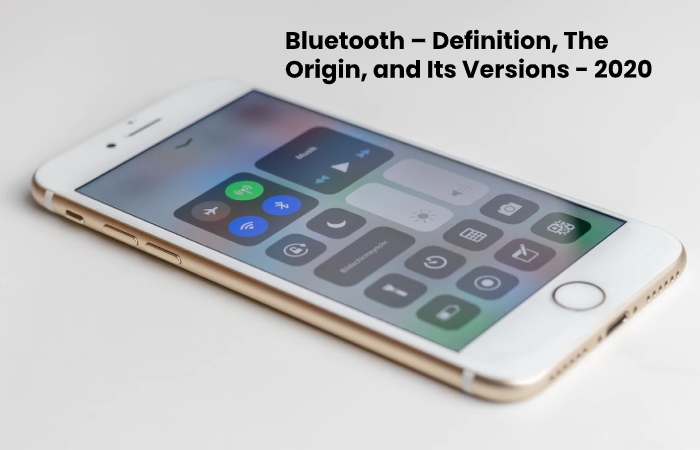Everyone knows – or at least heard about – Bluetooth. This technology is present in virtually all smartphones and has become very popular among speakers. With Bluetooth, it is possible to connect two devices, or more, without the use of cables. And that is in particular why it is so popular with big technology consumers. Even with mypaperwrite.com

Table of Contents
Definition of Bluetooth
We can understand Bluetooth technology as a system that makes life easier for its users, eliminating some tools and practices that restrict daily activities, such as having to hold the phone to talk to the other end of the line instead of using a headset. In summary, these are wireless connections.
Devices such as smartphones, watches, computers, speakers, headphones. Among other accessories that have this functionality, can, in determining range, connect without using any physical support. In this case, the data transfer is form from radio mfrequency waves.
The origin of Bluetooth technology
The choice was made according to the main effect of the monarch: the unification of Denmark and Norway. This event is an allusion to the practice made by the resource, which is to combine two functionalities in a practical way.
In mid-1994, Ericsson, one of the largest telecommunications giants of the time, identified the need to communicate telephone devices in a simple, functional, and low-cost manner.
The study resulted in MC-Link, which, after the support of other giants like Nokia, Intel, IBM, and Toshiba, gave rise to the name Bluetooth SIG. The support of other companies was essential to improve the technology’s resources, in addition to its popularization.
In addition, another explanation for why this feature is so popular links to its low energy consumption. In this regard, the technology divides into four distinct classes – each depends on the variation of energy and distance between the devices. As the distance increases, the consumption must be greater. Check out:
- 1 Class : maximum consumption power 100 mW and range up to 100 meters;
- 2 Class : maximum consumption power 2.5 mW and range up to 10 meters;
- 3 Class : maximum consumption power 1 mW and range up to 1 meter;
- 4 Class : maximum consumption power, 0.5 mW, and range up to 0.5 meters.
What are the existing versions?
Since it launches, Bluetooth has achieved some versions and optimizations. Check below what they are.
Bluetooth 1.0:
Created in 1994, the first version operated with a frequency of 721 kbps. Initially, very functional, as the devices evolved, operationalization was outdated, in 2001, the variation 1.1 and, in 2003, 1.2.
Bluetooth 2.0:
In 2004, version 2.0 brought new improvements, making the resource more agile, being 3 Mb / s, in addition to much lower energy consumption. The EDR (Enhanced Data Rate) standard was another feature that tripled the data transfer rate. Although it is not mandatory, without it, the transfer speed was lower. In 2007 came version 2.1, offering more security to users.
Bluetooth 3.0:
The search for better speed spawned the Bluetooth 3.0 model in 2009, jumping to up to 26 Mb / s. This number was only possible to reach with the High Speed (HS) system.
Bluetooth 4.0:
Due to the number of complaints from users, in the same year, a new version appeared, this time, focused on lower energy consumption. When the feature wasn’t in use, even if activated, the battery of the mobile devices would not spend the same as before.
With the insertion of the Internet of Things and the demand for greater security, version 4.1 came at the end of 2013. This change was essential to make Bluetooth a basic feature for devices and not just incremental.
At the end of 2014, the 2014 version allowed the transfer of more massive data and without so much impact on the functionality of the devices.
Bluetooth 5.0:
In 2016, studies to optimize the resource created version 5.0. With it, communication started to support a distance of more than 40 meters, that is, the class 1 of the devices – hitherto limited to 10 meters. Speed was also a differential, growing to 50 Mb / s.
Another problem eliminated by Bluetooth was a second radio interference and Wi-Fi that, before that, impacted the performance of the feature.
Bluetooth LE:
Smartphones built in a more straightforward way to save energy followed, until then, the opposite path of the resource. For this reason, the LE version – Low Energy – was created. In contrast, data transfer operates at a rate of 1 Mb / s.
The advancement of technology has made Bluetooth seek to develop and monitor the changes that have occurred. For this reason, today, it is an indispensable resource, which optimizes most of the functionalities of smartphones.
Also Read: GPU: Definition, Function, Differences CPU vs GPU, And More